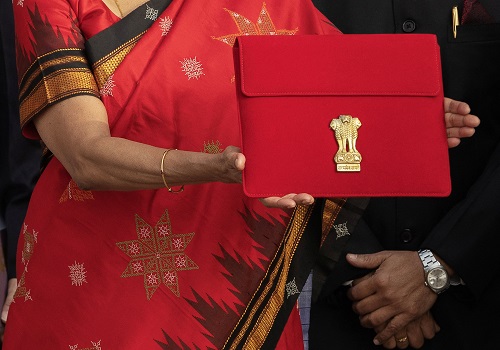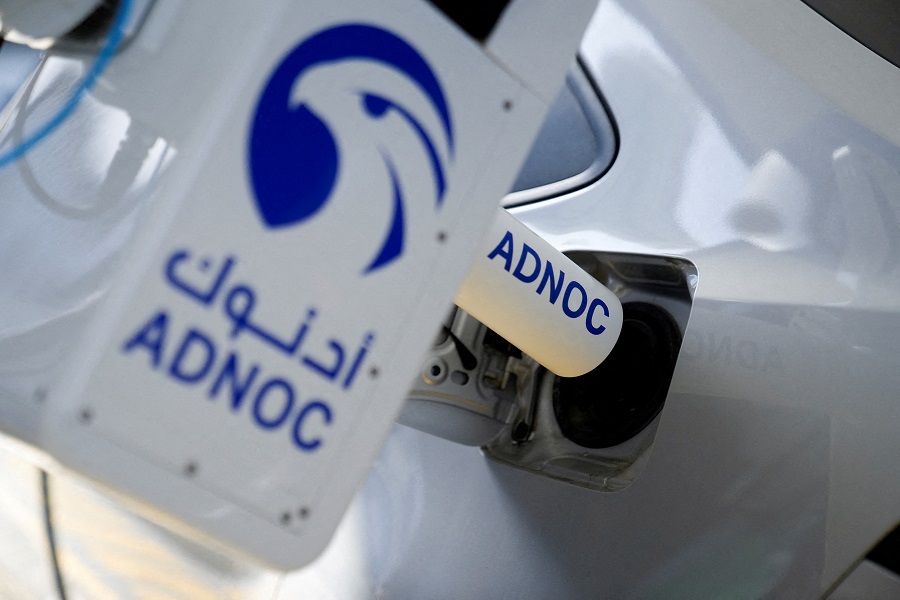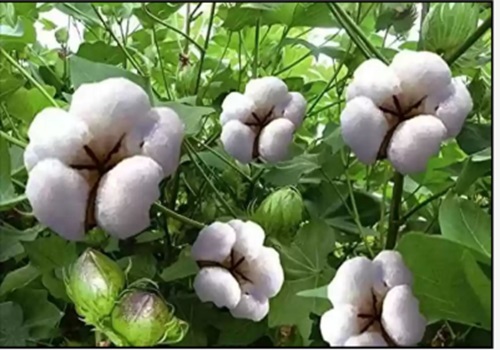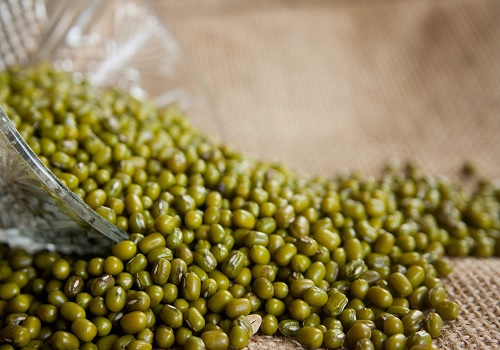Urad Prices Surge Amid Crop Damages and Rising Global Demand By Amit Gupta , Kedia Advisory
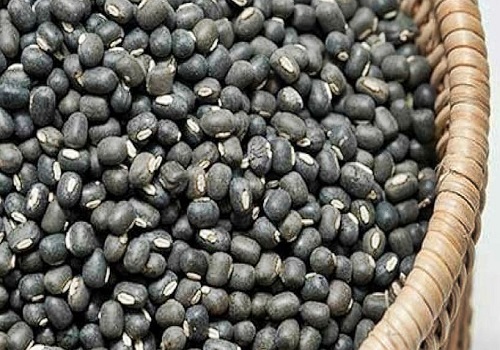
Urad (black matpe) prices are surging due to significant crop damage in Tamil Nadu and Andhra Pradesh, coupled with declining acreage and adverse weather conditions. With a 25% drop in kharif output and increased export prices from Myanmar, the domestic market faces tightening supplies. Karnataka and other regions have reported poor quality and reduced yields, exacerbating the situation. Global markets, including Brazil and Russia, are stepping in to fulfill the shortfall, but the overall supply remains limited until the next kharif harvest in October 2025.
Key Highlights
* Urad prices rise to Rs.8,100 per quintal, up from Rs.7,400 a month ago.
* Crop damage reported in Tamil Nadu, Andhra Pradesh, and Karnataka.
* Decline in kharif urad area by 8% to 30 lakh hectares.
* Myanmar raises export prices, easing global market pressure slightly.
* Imports from Brazil and Russia are set to meet demand gaps.
Urad (black matpe) prices have surged significantly due to crop damages in Tamil Nadu and Andhra Pradesh, where floods and yellow mosaic virus have severely impacted yields. In Karnataka, continuous rainfall during harvest has further reduced the quality and quantity of the crop, with only about 20% of the expected output being harvested. As a result, the kharif urad output is estimated to drop by 25%, with an expected yield of 12.09 lakh tonnes compared to 16.04 lakh tonnes in the previous season.
Supporting the price rally, global markets have seen Myanmar increase its export prices to India and Pakistan by $10-20 per tonne, with superior quality black matpe fetching $1,085-1,105 per tonne. Meanwhile, domestic demand remains high, with India needing approximately 2.5 lakh tonnes of urad every month. The country's total requirement until the kharif harvest next October is expected to exceed 25 lakh tonnes, while supplies are currently estimated to be around 16 lakh tonnes.
In response to the shortfall, Brazil and Russia are emerging as key suppliers, with Brazil projected to export 1.5 lakh tonnes of urad next year. Additionally, Russia has begun exporting yellow peas and is expected to soon ship green lentils. The global and domestic markets are navigating a challenging supply-demand gap, with expectations that the situation could ease around March-April when the next rabi urad arrives, coupled with Myanmar's good-quality crop.
Finally
Urad prices are likely to remain firm as crop damages and limited global supplies sustain a tight market, with expectations of easing in March-April as new rabi crops and imports arrive.
Above views are of the author and not of the website kindly read disclaimer

